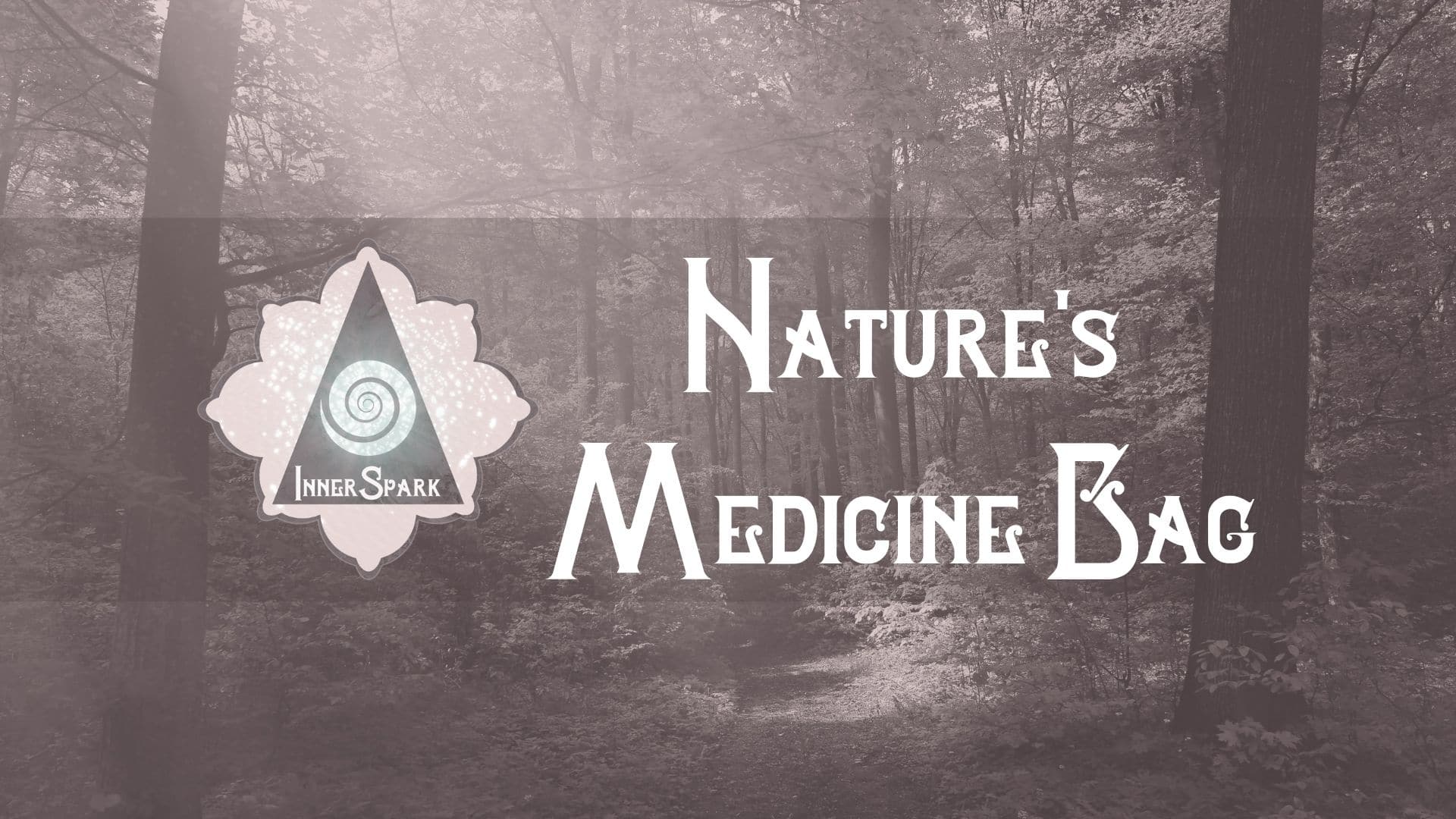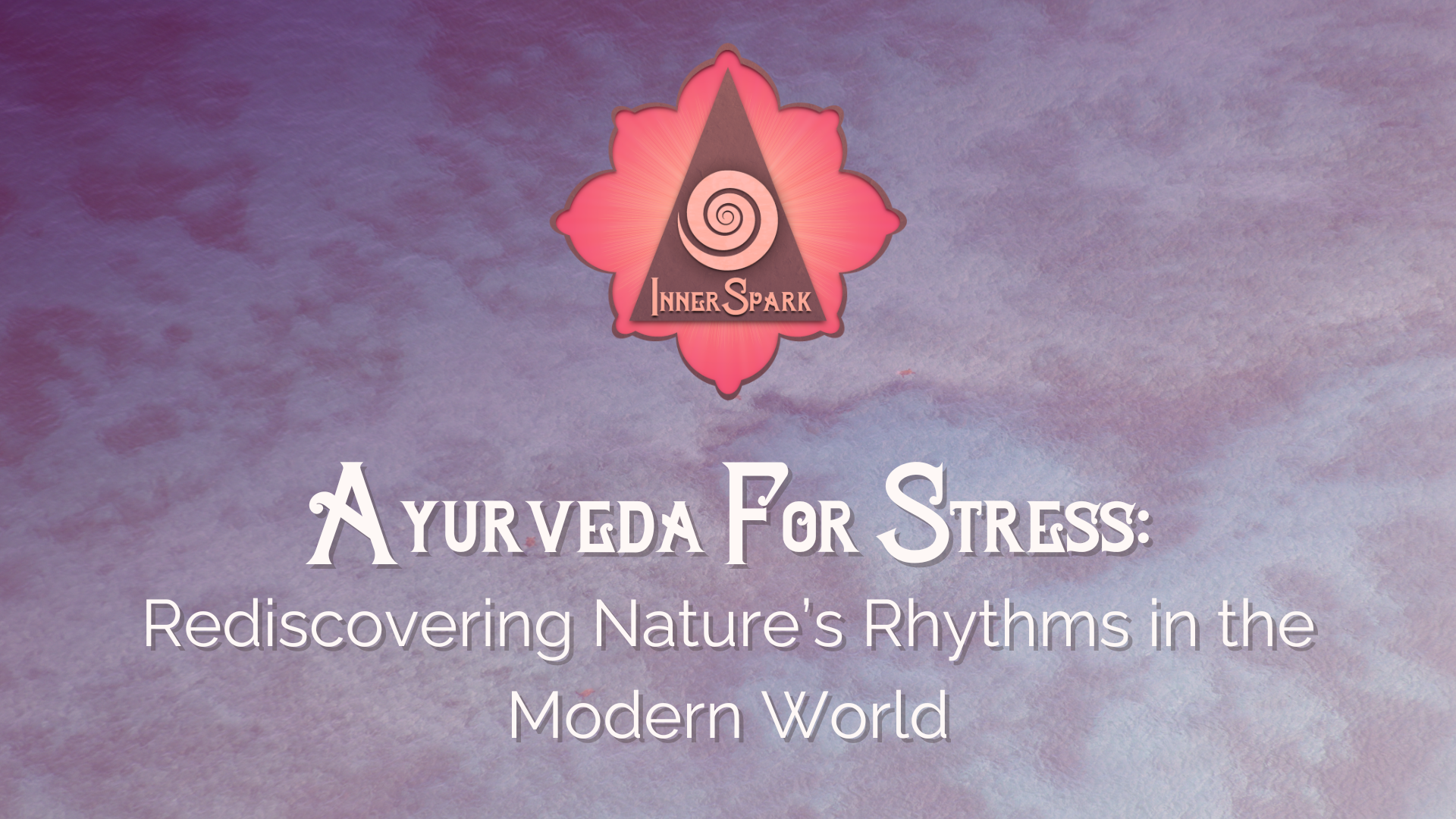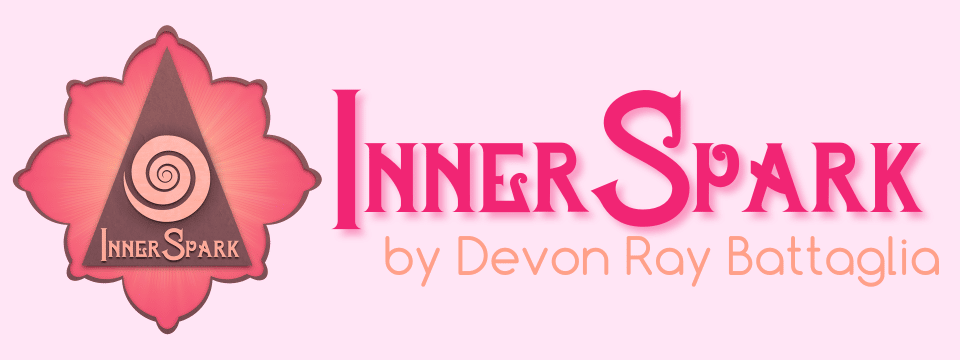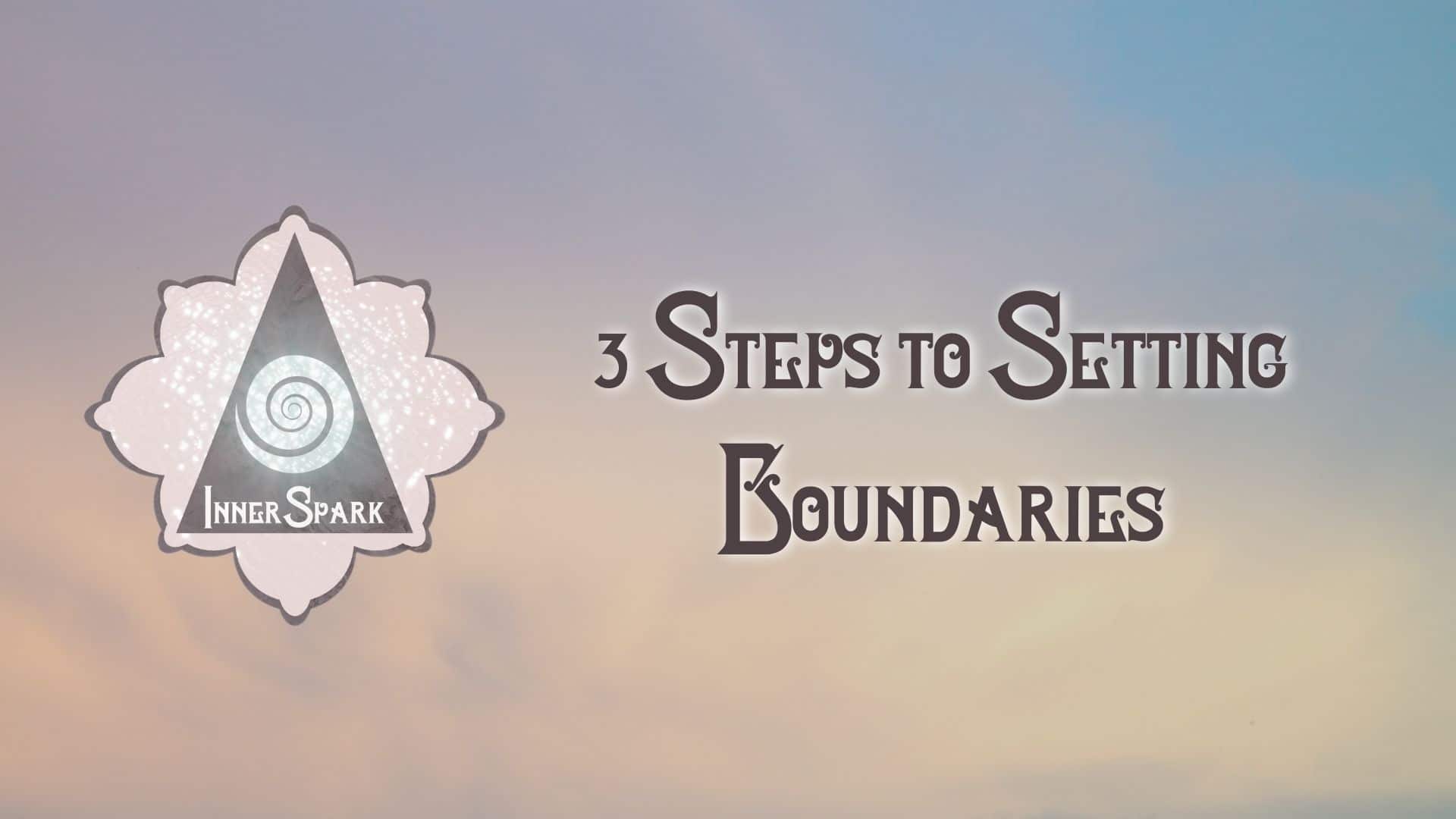Setting boundaries is a healthy, important part of being in relationship with ourselves and others.
However, it’s not always easy for many of us. Some of us find ourselves avoiding it all together. Some of us find ourselves preparing for a battle that doesn’t happen because we think the other will meet us with hostility and then they do not. Some of us are completely unaware of our boundaries in an attempt to people-please.
Setting boundaries can bring up a lot of shame!
For highly sensitive, empathic folks, boundaries can be especially difficult. We are so aware of others’ feelings and don’t wish to hurt them. There’s a lot here. Relationships can be complicated. Although, they don’t need to be. Where are we making them more complicated by creating hypothetical situations or stories in our own heads?
When it comes to setting boundaries, we can do so with kindness and respect for ourselves and the other person. We can remember that their reaction isn’t necessarily our responsibility. We can remember that we must honor our own needs and also honor the other person’s autonomy by giving them the space to receive what we truthfully need and feel.
In this podcast episode we share three simple steps to keep the boundary-setting process smooth and compassionate. Here’s a brief recap and notes:
Step one is to know yourself, and in this case, know your own boundaries.
Step one is the most important part that provides the foundation for everything you’ll do in life – not just set boundaries. Step one is to know yourself, and in this case, know your own boundaries. This involves self-honesty and self-inquiry. It’s also imperative to understand how flexible any of those boundaries can be, if at all.
If you don’t know for yourself where you stand on that issue, then there is not going to be any way for anybody else to honor your needs, because you’re definitely not going to be able to express them. You have the right to set any boundary wherever you want. Draw any line in the sand anywhere on the map and call it yours, and you have the right to do that.
Step two is communication of the boundary.
Once you know what your boundaries are you can communicate them to the relevant people. So maybe that’s just your spouse, maybe it’s a coworker, maybe it’s a friend, maybe it’s a room full of family. Whatever the situation is, communicating in the simplest way is, in my experience, the best way (and yes, that can still be challenging).
When you expect a negative reaction to your boundary, you may be tempted to preface your boundary with a whole lot of explanation, or maybe even vilifying the other person and saying “well, if you weren’t this way, then I wouldn’t need this boundary” or “if you didn’t have those habits, then this would all be easier,” etc. It may also include putting yourself in a victim role, thinking “well, if I weren’t so sensitive, I wouldn’t need this boundary.”
There’s a lot of judgments that can come up against one’s self and against the other party when we are uncomfortable expressing a boundary.
Keep it as simple as possible, just be straightforward, honest and up front. Usually that will work, especially if you are in a situation and communicating with a person with whom you actually want things to work.
Step three is inviting the other person to play.
Step three is inviting the other person to what I call “play with you along the boundary.” So you have set up this boundary, you’ve established for yourself what it is, how firm you want to be in it, and you’ve communicated it to the other person. You could just stop here, however, if you want to really get positive engagement and get people to honor and respect your boundaries, invite them to engage with you on that boundary.
Inviting their thoughts and opening to them allows for greater intimacy to build in the relationship and an honoring of each other’s humxnity. It also let’s you both get glimpses into each other that you hadn’t previously.
Choosing not to play according to the clearly set boundary doesn’t mean a relationship has to end. It could just be that you choose to not spend that time of the day together. It could be like “okay, well we’re going to do this thing separately” or “you know you go ahead and do that thing, that is beyond my boundaries, and I’m going to read a book,” or whatever.
There are lots of ways to not engage in a boundary that is also healthy and is totally fine, respecting the autonomy of the two people that everybody can make their own decisions and they don’t have to transgress each other’s values or boundaries.
Internal vs. External Boundaries
Something else that I talk a lot about in my work is the different types of boundaries, including internal and external ones. I can have my own internal boundaries based on my own values and needs, and I can have my external ones with the outside world. Obviously there’s going to be a lot of overlap between them, because in order for me to uphold some of those internal ones and those internal commitments and vows that I’ve made with myself, there needs to be some cooperation with the outside world.
Another point is the importance of knowing what your values are, because your values influence your boundaries and boundaries! As you grow and learn, so will your values and boundaries. That’s such a beautiful part of boundaries: they can move, flex, and shift as you deepen into your own Self.
It’s truly a practice, Sensitive Souls, and a rewarding one at that. I invite you to continue to learn about yourself and your values, identify your boundaries, communicate them, and let yourself be seen in them.
Listen to the podcast episode for even more juicy insight and tips. How do you feel about setting boundaries? Do you feel you know yourself and your boundaries and values well?
The InnerSpark Method
Timeless Wisdom to become Naturally Resilient
Transform life's storms and cultivate peace, resilience, and vitality with Nature's wisdom.
Dive deep into nature’s rhythms, unraveling from the complexities and strains of modern life, and align yourself with the ebb and flow that has sustained life for millennia.
Drawing from nature, our eternal mentor, we glean lessons of steadfastness, flow, and unity.
But as the digital age surges forward, our intimate connection to these timeless rhythms is diminishing, causing our physical, emotional, mental, relational, and spiritual well being to teeter.
The InnerSpark Method bridges that gap, guiding you back to your innate resilience and rhythm, reigniting your zest for life and sense of purpose.
Come discover a whole-person, trauma-informed system of Nature's self-care to rekindle natural cadences across all dimensions of your being - whether it's the physicality of daily routines, the depths of emotional resilience, the realms of mental clarity, the vibrations of energy, the art of relationships, or the ethereal world of spirituality.
More Holistic Living + Healing:
-

Nature’s Medicine Bag
Physical body and life challenges are simply the manifestation of dysfunctions at the subtle level of your being.
-

Ayurveda For Stress
In modern life, the impacts of stress increasingly dictate our experiences. Turning to Ayurveda for stress and other modern ailments can help us reconnect with nature’s rhythms and cultivate resilience. Ayurveda: The Science of Life & Wholeness Translated as “the science of life,” Ayurveda is a 5,000-year-old healing tradition from India. This system emphasizes balance,…



0 Comments